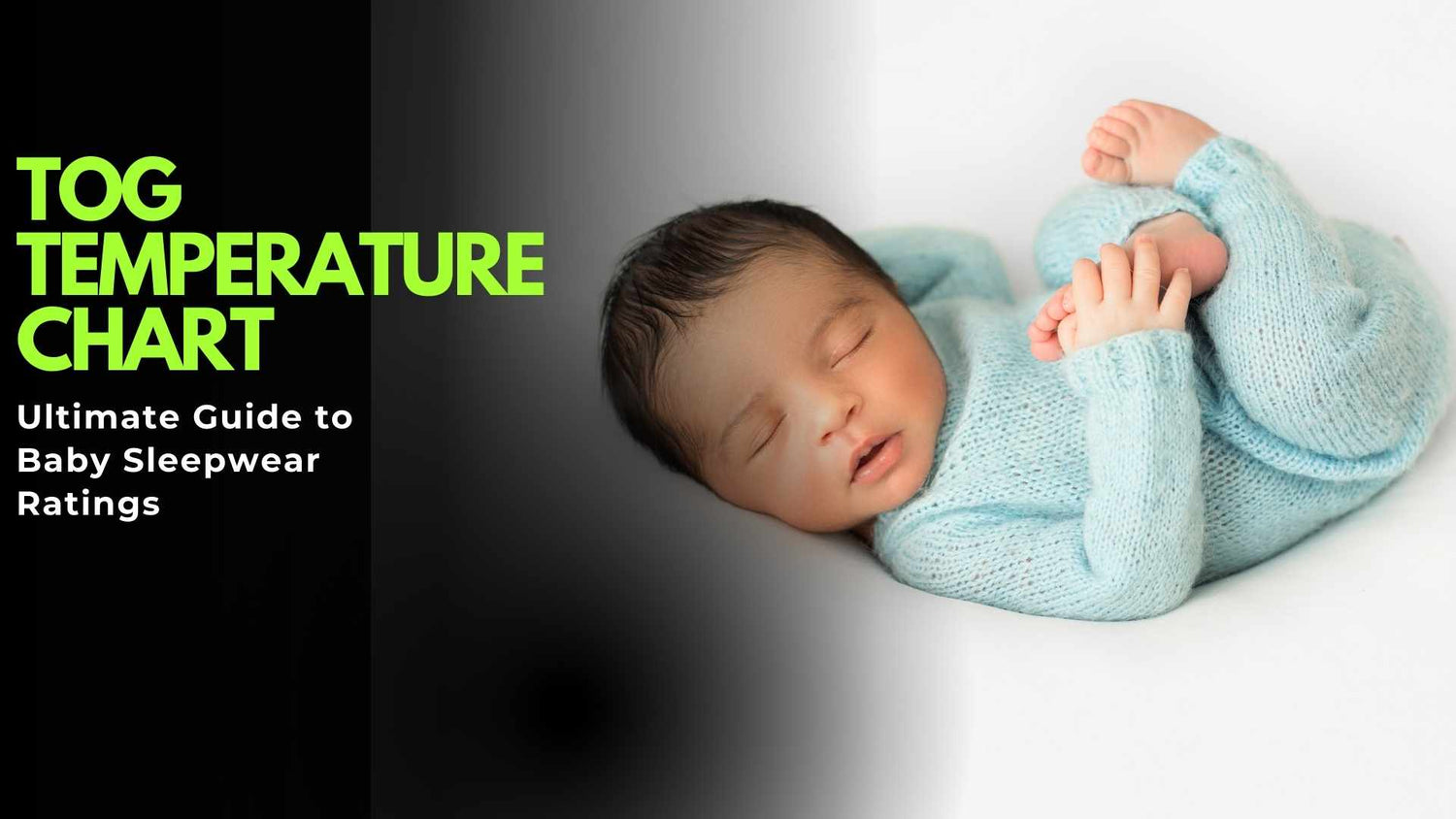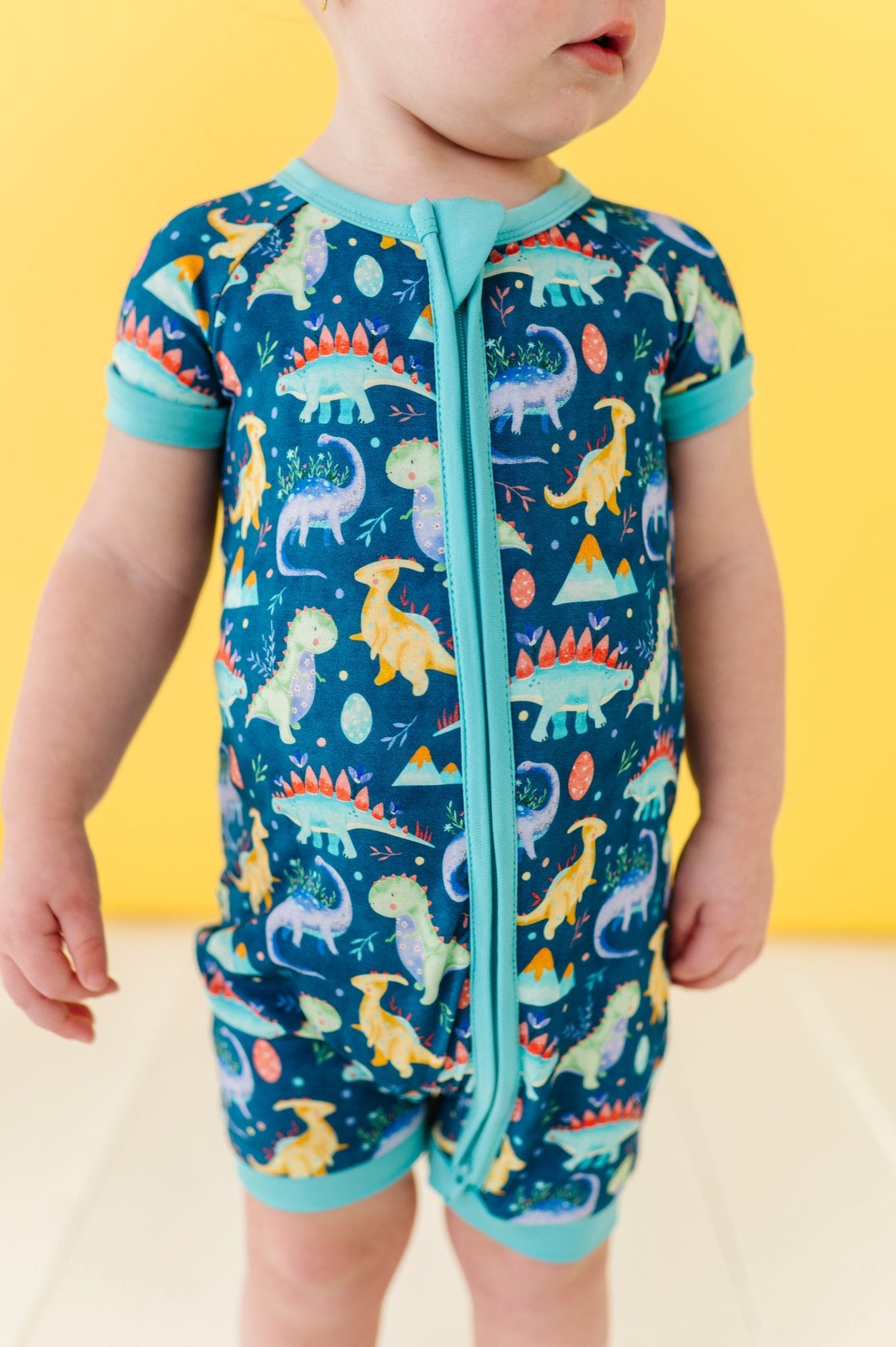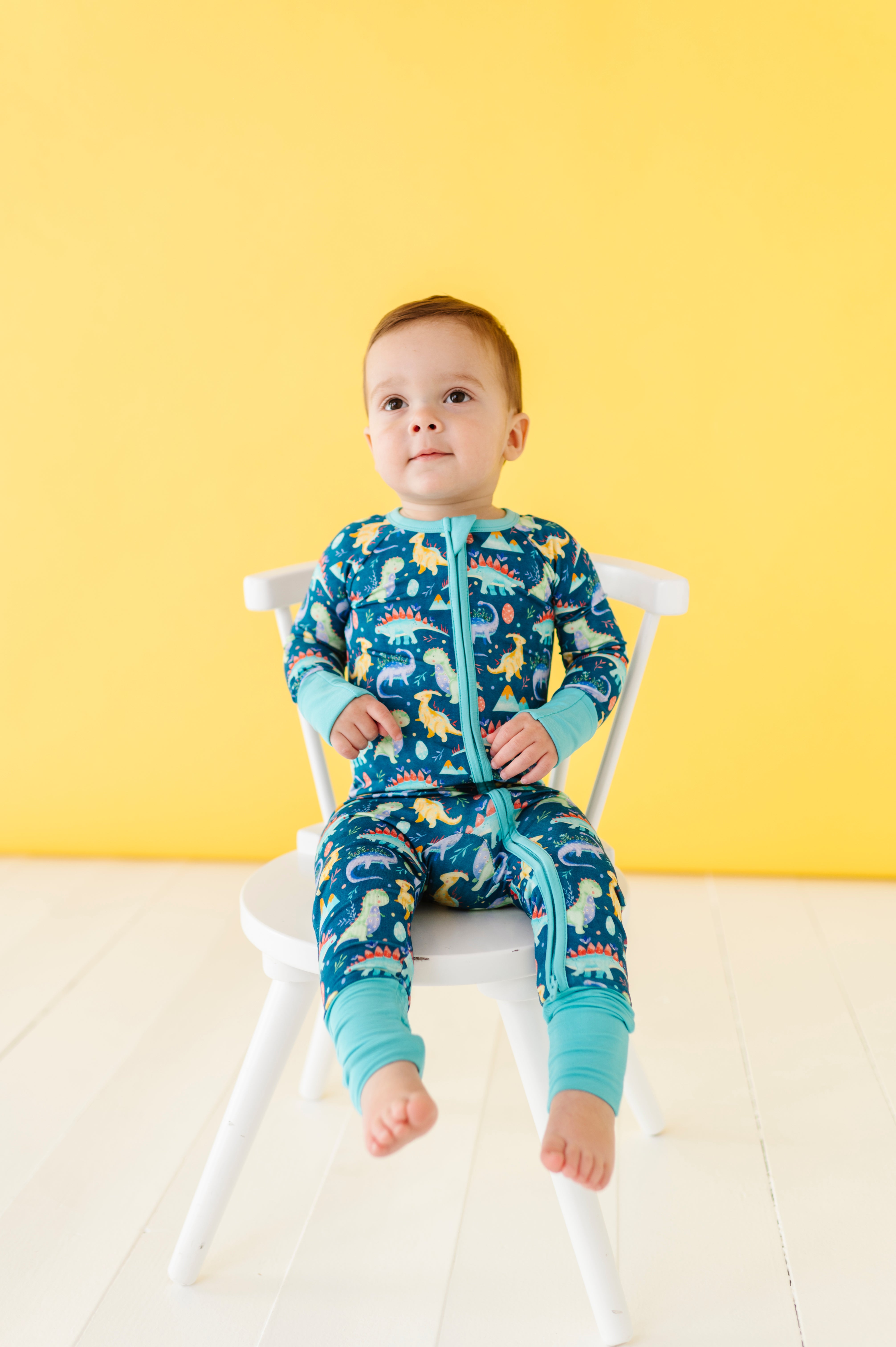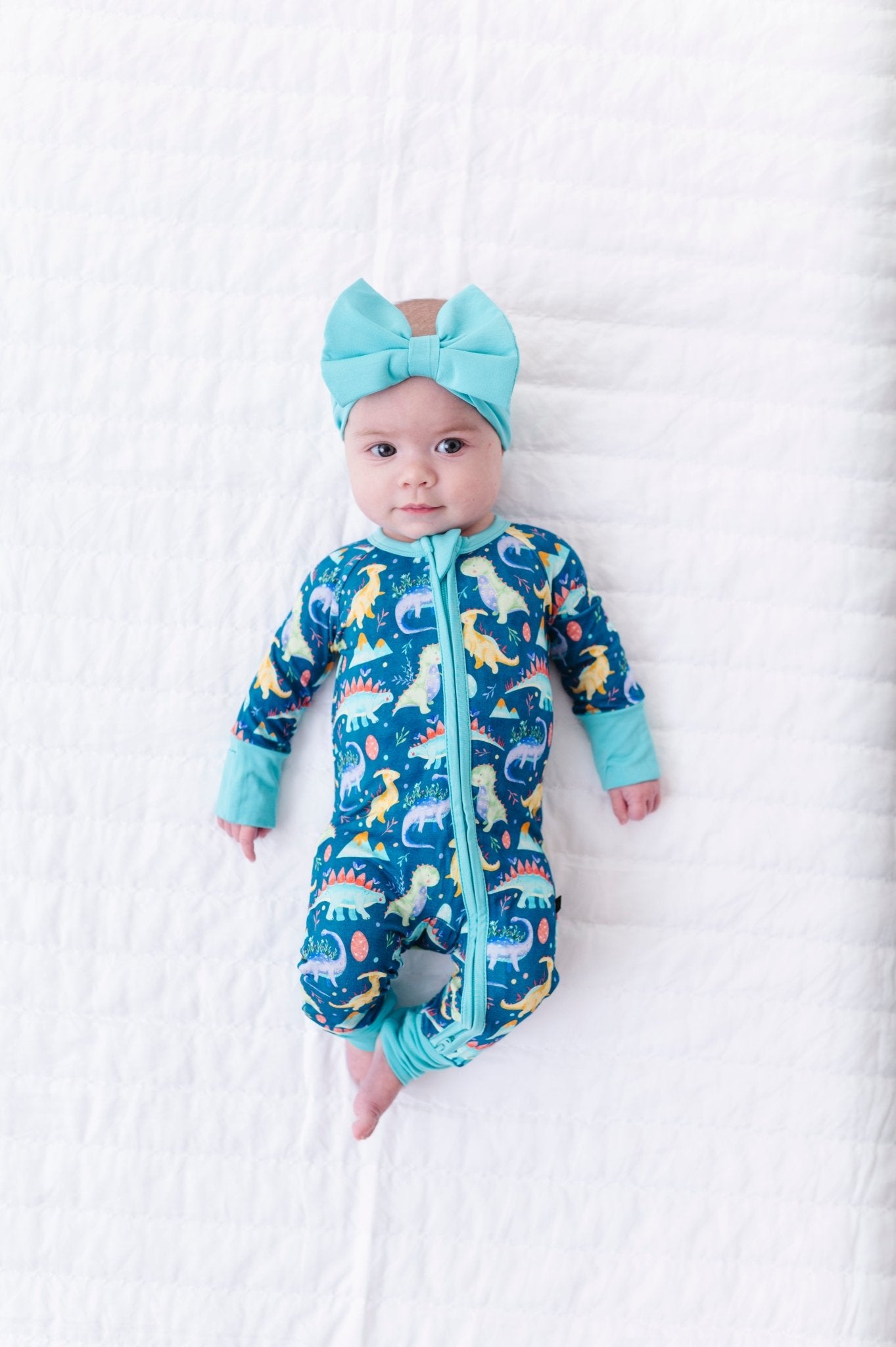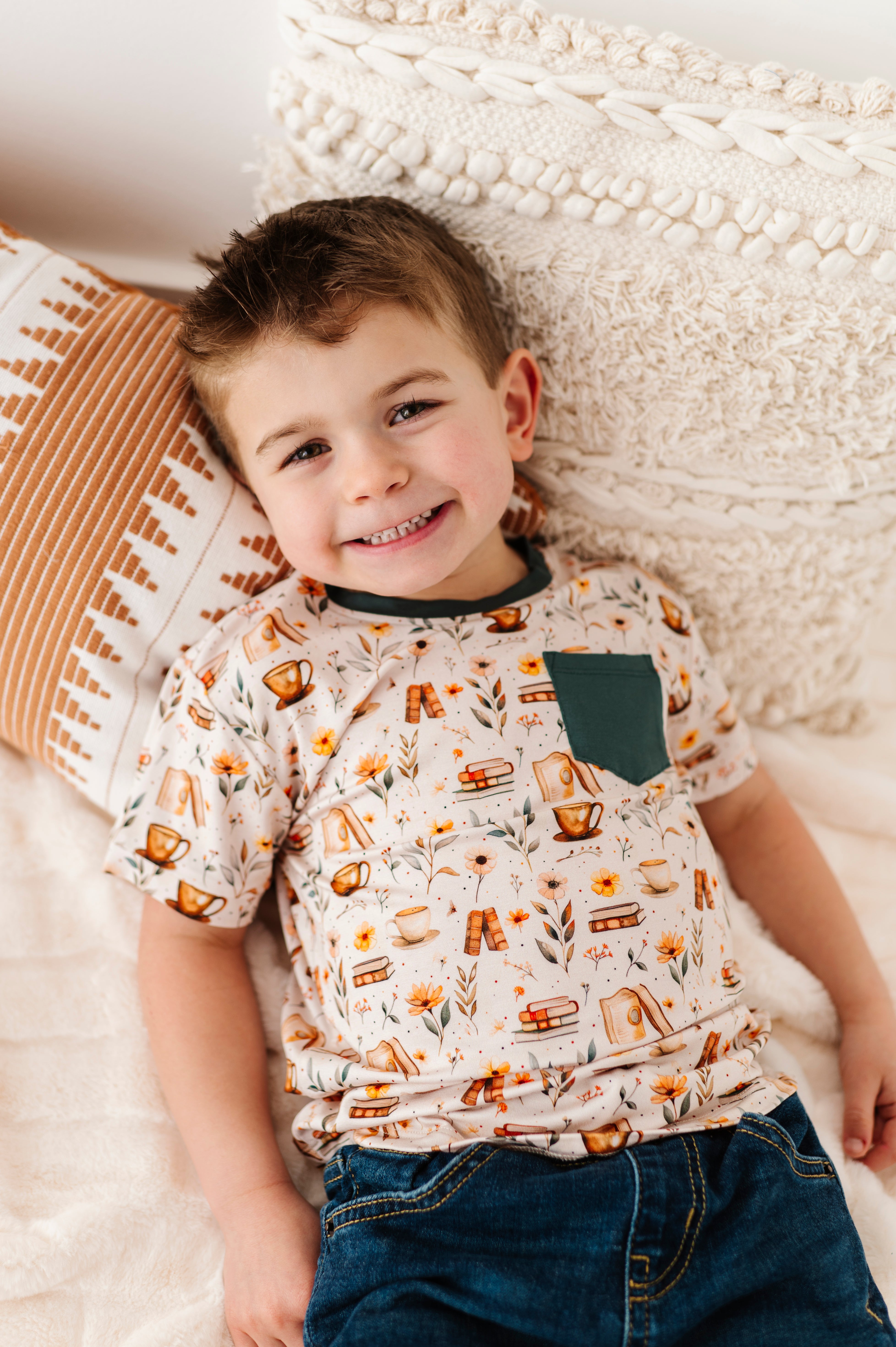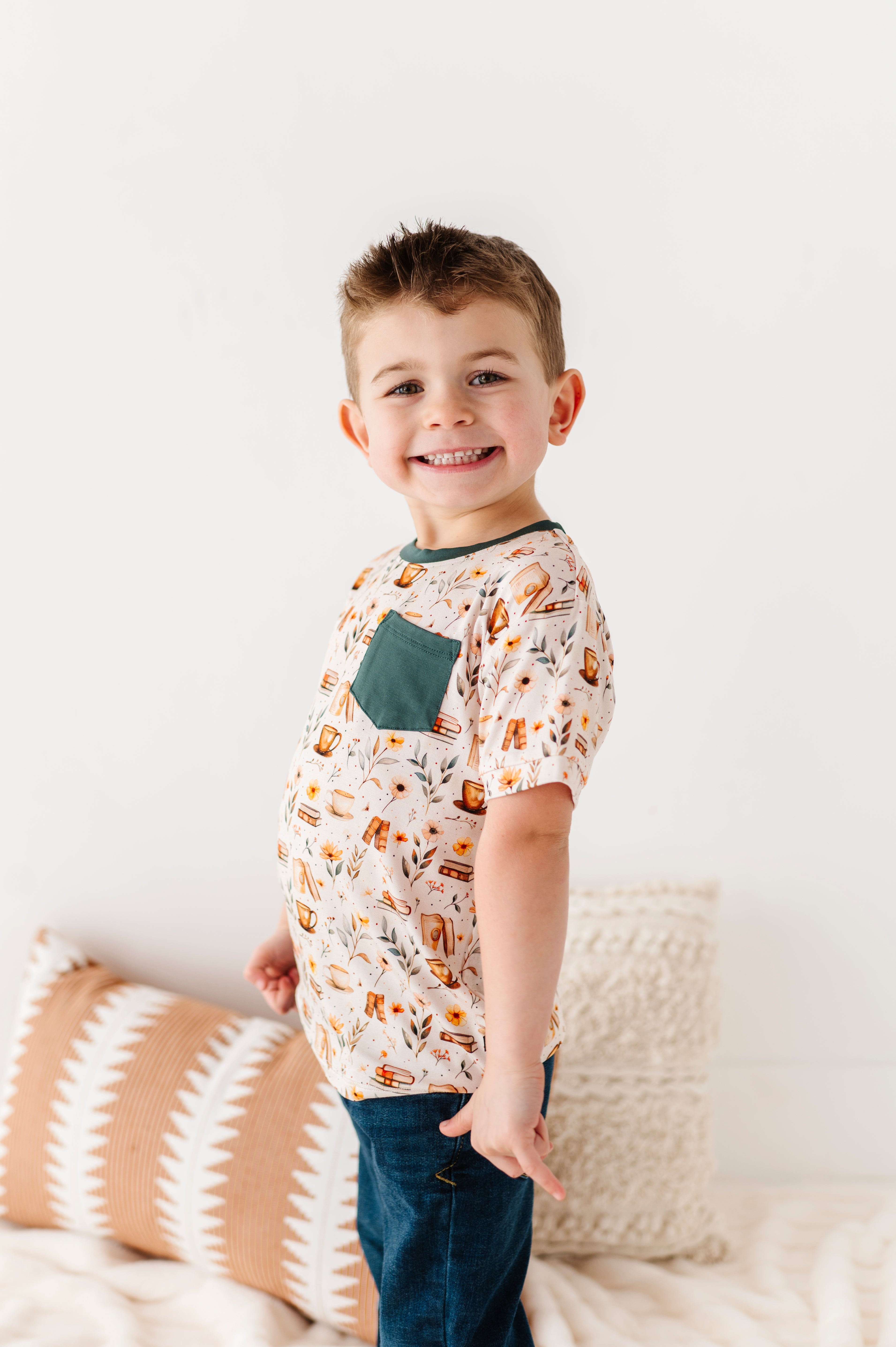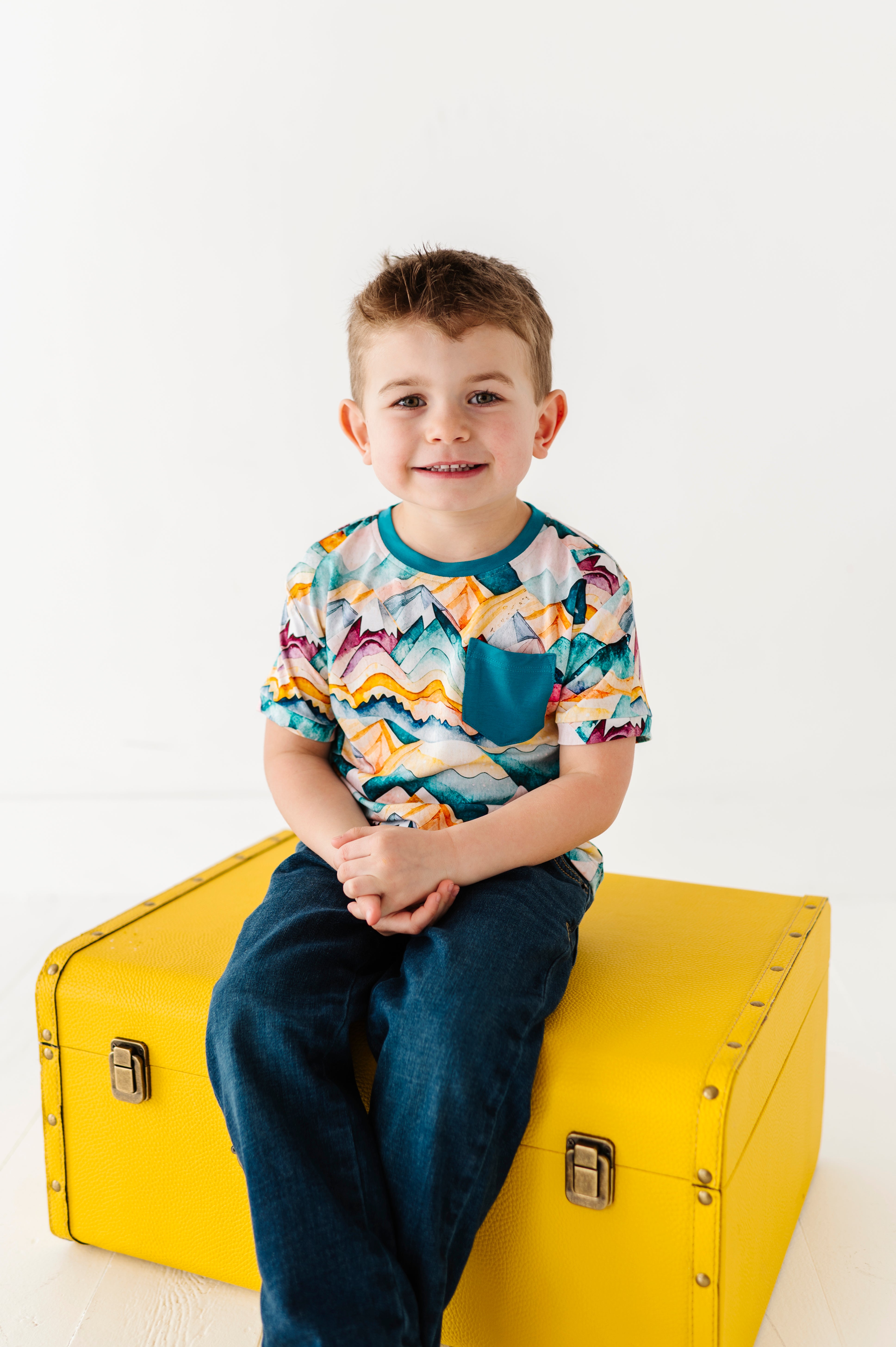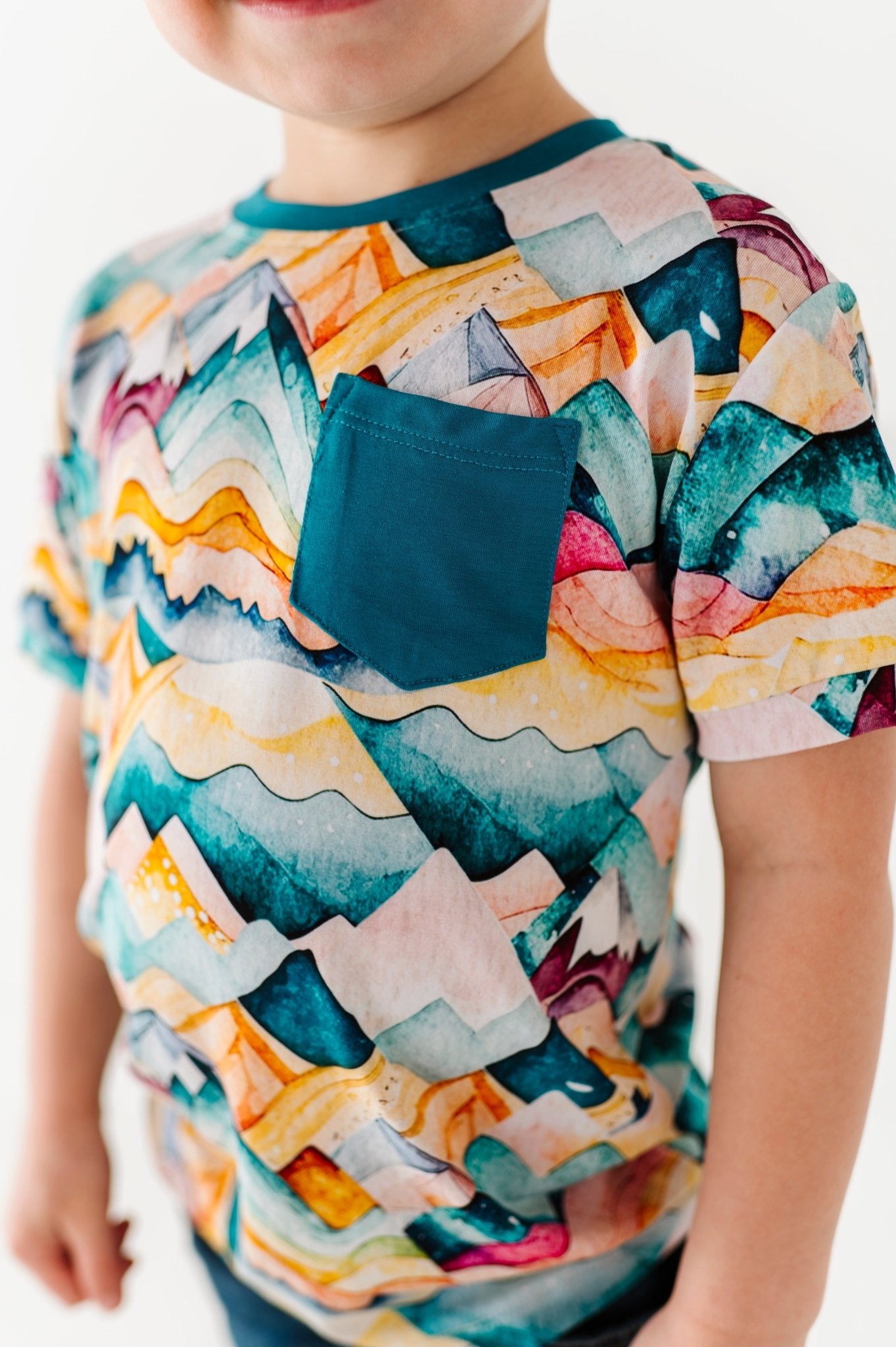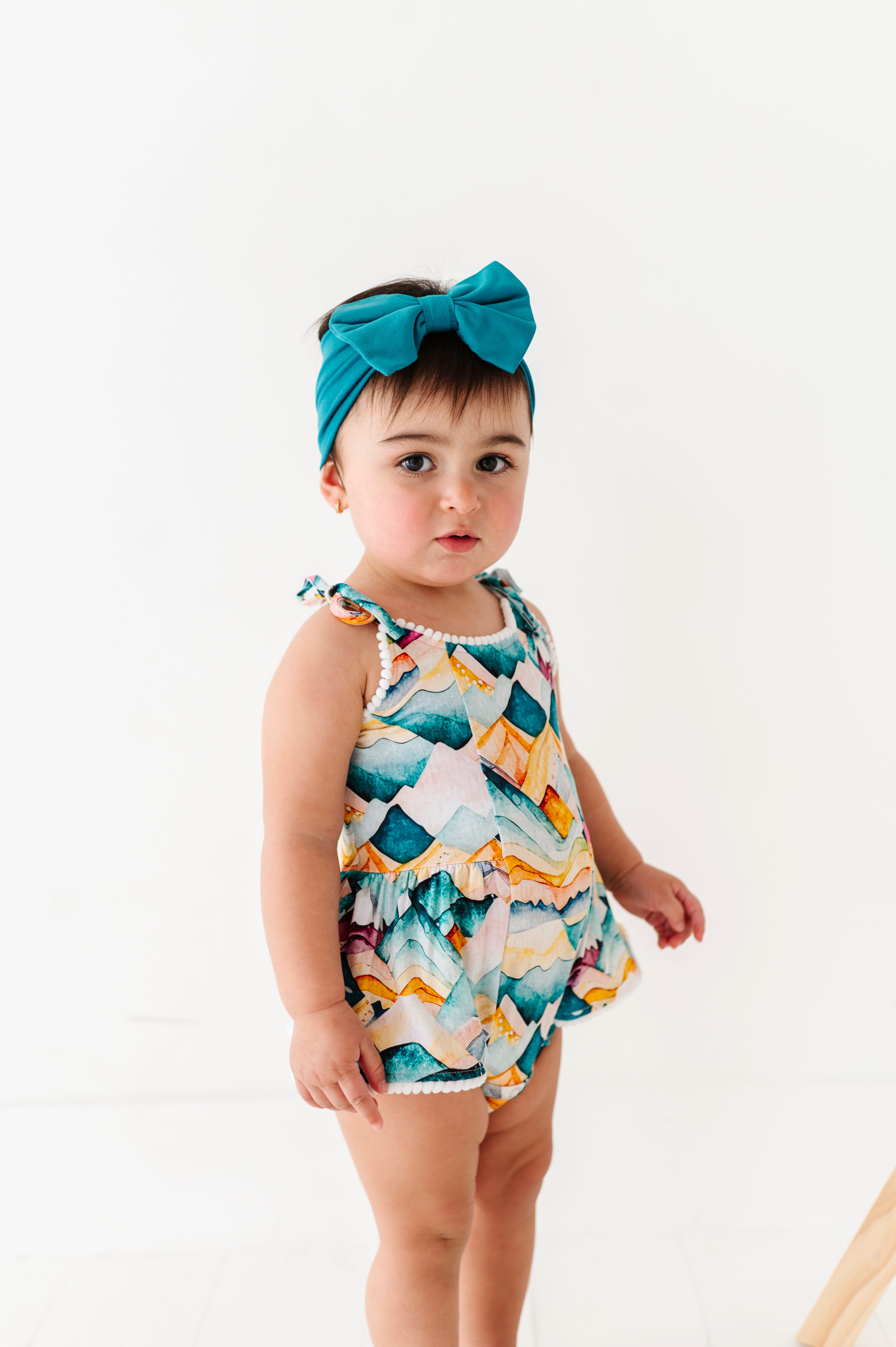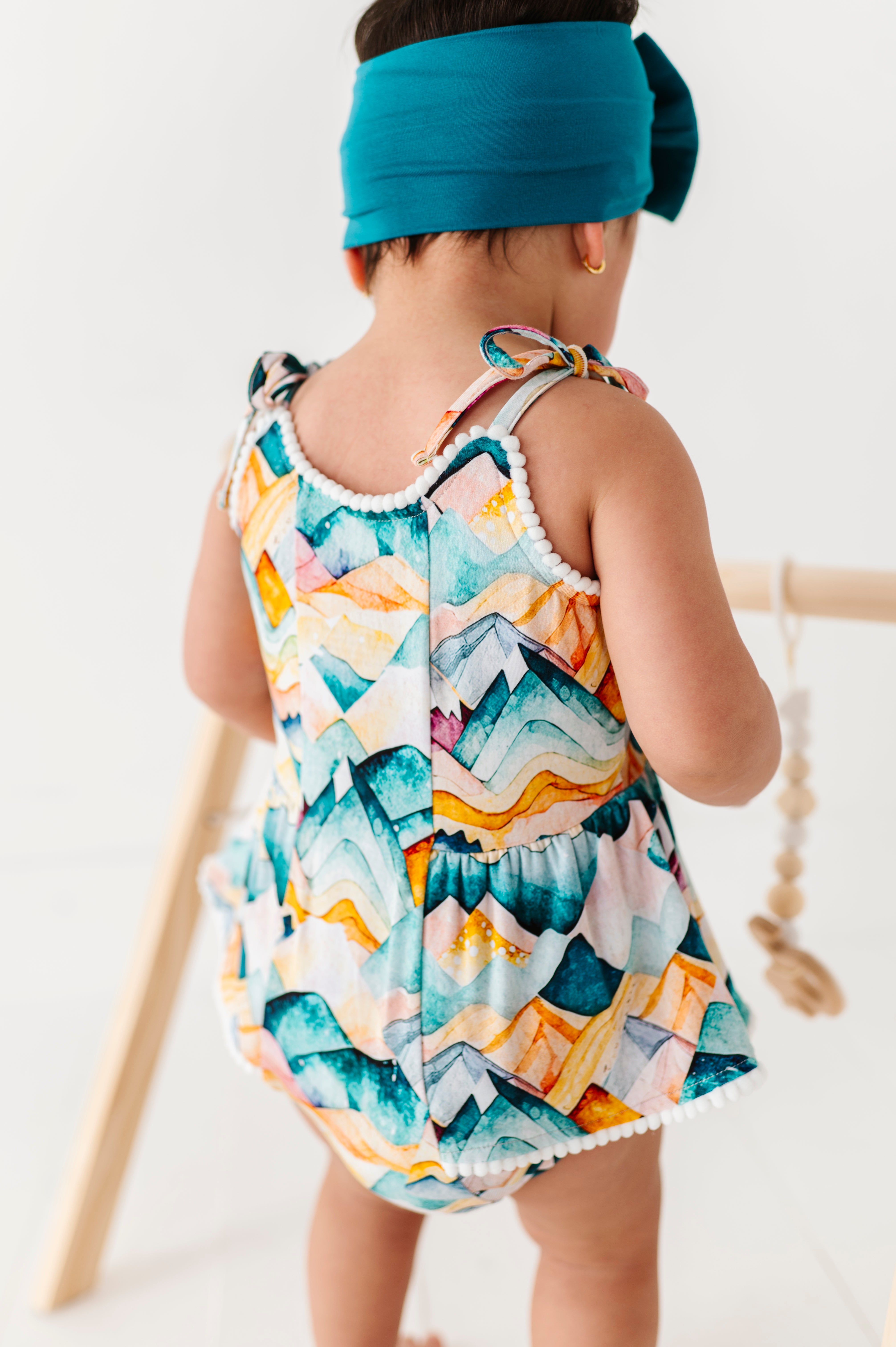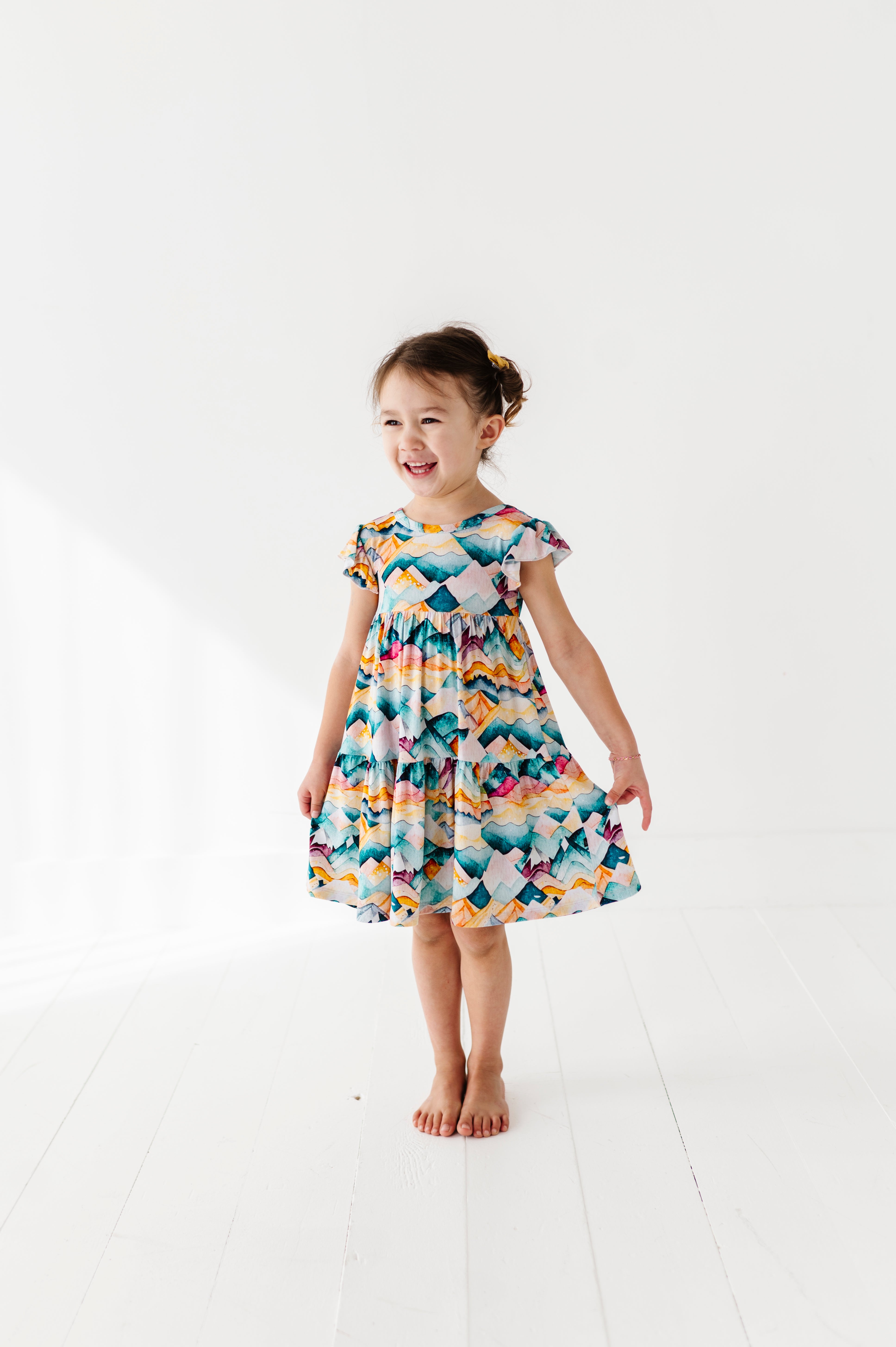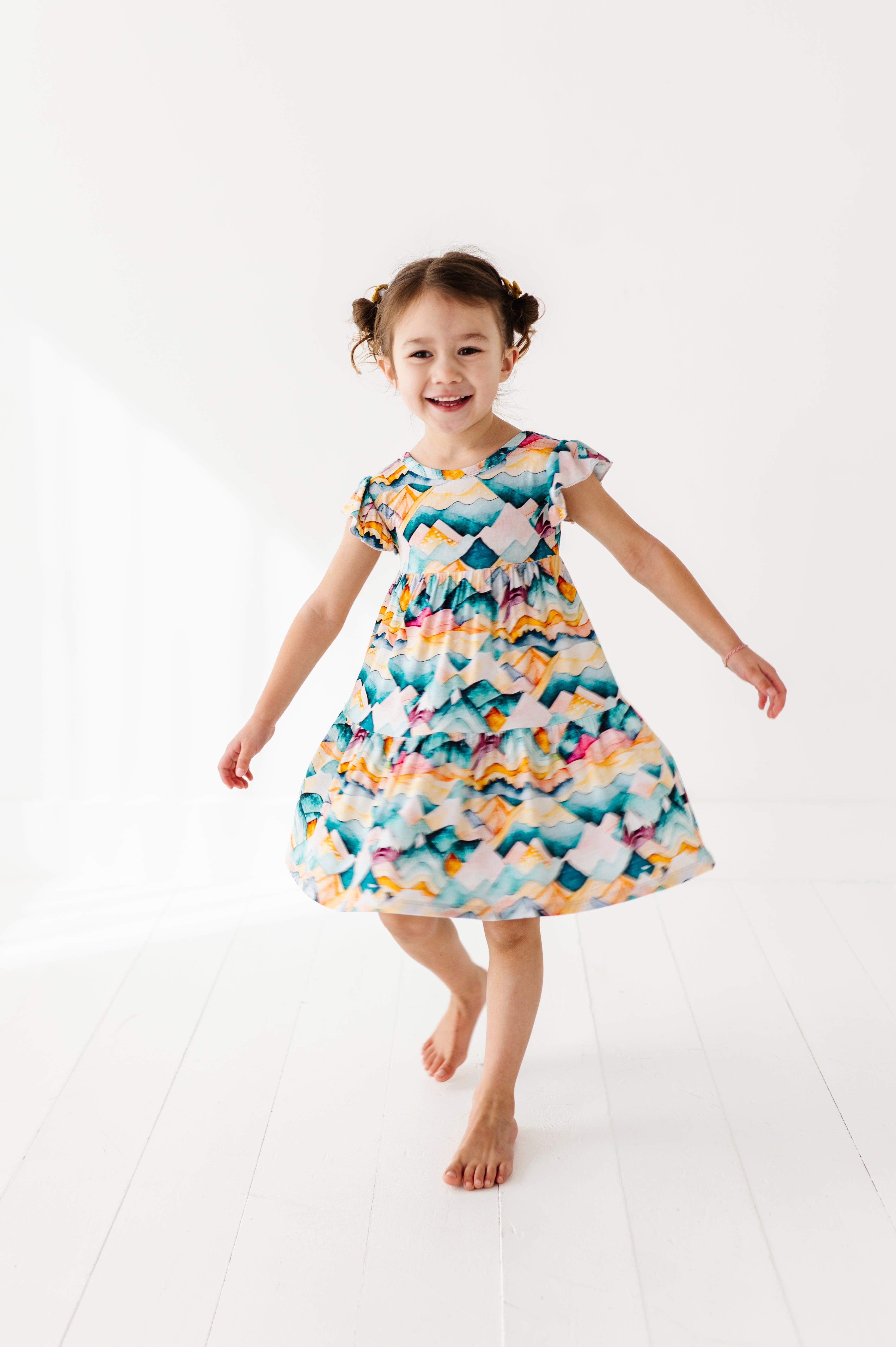Your bundle of joy deserves the world both awake and while they sleep. You need to know that they don't get too cold or warm while you rest too. This is why you need TOG-rated sleepwear all season.
What is a TOG Rating?
If you’ve been shopping for baby sleepwear, you’d have come across the term TOG rating. But what exactly does TOG mean? Let’s break it down in simple terms.
TOG stands for Thermal Overall Grade. It’s a standard measurement used in the textile industry. TOG tells you how warm a piece of clothing or bedding will keep you or your baby.
Importance of TOG Ratings in Baby Sleepwear
Understanding the TOG rating helps you choose sleepwear that keeps your baby comfortable and safe. It doesn't matter whether it’s summer or winter.
TOG ratings are very important for baby sleepwear. TOG regards the material used and how well it traps heat. A lightweight, down-filled blanket can be warmer than a thick, synthetic one.
A 2.5 TOG sleep sack is good for cooler nights, while a 0.5 TOG sleep sack is better for warmer nights. For fun indoor activities, check out our What to Do with a Toddler on a Rainy Day.

Why TOG Rating Matters
Babies can’t regulate their body temperature like adults can. This is why it is our responsibility to dress them right.
Overheating increases the risk of Sudden Infant Death Syndrome (SIDS). On the other hand, too little warmth can cause discomfort and disturb their sleep.
How to Use TOG Ratings
We now understand that TOG stands for Thermal Overall Grade. And that it measures the warmth of a fabric. We also know that higher TOG ratings indicate warmer sleepwear.
Let's discuss how to match TOG ratings with your baby’s room temperature:
- Start with a room thermometer to measure your nursery’s temperature. Then, match your baby’s clothing to the TOG recommendations below for year-round comfort.
- Match TOG with Room Temperature.
- Adjust the TOG ratingof your baby’s sleepwear to suit the season. Use lower TOG-rated sleepwear in summer and higher TOG-rated sleepwear in winter.
- Check product labels.Most baby sleepwear will have the TOG rating clearly marked on the label. Use this information to make an informed choice.
Discover breathable baby pajamas perfect for any season. Shop Now!
TOG Temperature Guide
To make the best out of TOG technology, you need to understand the correlation between room temperature and TOG ratings. Here’s a detailed temperature chart with corresponding TOG ratings for different temperature ranges:
75-80°F (24-27°C) - TOG Rating: 0.5 to 1.0
When the room temperature is between 75 and 80 degrees Fahrenheit (24-27 degrees Celsius), dress your baby in lightweight sleepwear to ensure they stay comfortable.
A TOG rating of 0.5 to 1.0is designed to provide a light layer of insulation.
Choose a swaddle with a TOG rating in this range. These swaddlesare typically made from breathable fabrics. Think of materials like cotton muslin or lightweight bamboo.
If you decide to use a sleep sack, make sure it's within the same TOG rating of 0.5 to 1.0.
Sleep sacks are often made from light, breathable materials. They provide just enough warmth while maintaining breathability.
69-74°F (21-23°C) - TOG Rating: 1.0 to 2.0
When the temperature in your baby’s room is between 69-74°F (21-23°C), dress them in something that offers a moderate level of warmth.
1.0 TOG provides a light layer of insulation which is ideal for slightly warm temperatures. While 2.0 TOG offers a moderate amount of insulation. This is suitable for cooler parts of the night or if your baby tends to sleep cooler.
Long-sleeve cotton pajamas are breathable and provide enough coverage to keep your baby warm. Cotton is an excellent fabric as it is soft and natural and allows for good air circulation.
If your baby tends to get warm easily or if the room temperature is closer to the higher end of this range, short sleeves help prevent overheating while still offering comfort.
50-68°F (10-20°C) - TOG Rating: 2.0 to 3.5
In temperatures ranging from 50-68°F (10-20°C), choose what provides adequate insulation to keep your baby warm and comfortable throughout the night. A TOG rating of 2.0 to 3.5 is recommended for these cooler conditions.
When selecting sleepwear with this TOG rating, opt for sleep sacks or swaddles made from thicker materials. These garments trap heat and maintain a comfortable temperature for your baby. Consider layering your baby in long-sleeve for added warmth.
How to Dress My Baby for Sleep
Here’s how you can use TOG ratings effectively to dress your little one and monitor their comfort:
- Always use a room thermometer to accurately gauge the temperature of your baby’s room. This helps you select the appropriate TOG rating for sleepwear.
- When the weather is warm (75-80°F or 24-27°C), use a sleep sack or swaddle with a TOG rating of 0.5 to 1.0. Pair it with a short-sleeve cotton bodysuit.
- When the weather is just in between (69-74°F or 20-23°C), opt for a TOG rating of 1.0 to 2.0. Dress your baby in long- or short-sleeve cotton pajamas.
- On cooler days (50-68°F or 10-20°C), choose a sleep sack with 2.0 to 3.5 TOG. Dress your baby in long-sleeve, possibly with an additional cloth.
- Instead of using one thick layer, dress your baby in multiple thinner layers. This allows you to add or remove layers as needed to adjust to temperature changes.
- Use natural fabrics like cotton that allow air circulation and prevent overheating. Avoid synthetic materials that can trap heat.
- Do not overdress your baby, as this leads to overheating. Always consider the combined TOG rating of all layers.
Product-Specific Information
When shopping for baby sleepwear, knowing the TOG rating of specific products helps you make informed decisions. Here’s a look at TOG values to help you choose the right sleep sacks and swaddles for your baby:
Sleepea Swaddle - TOG Rating: 0.5 to 0.8
The Sleepea Swaddleis an all-season swaddle designed to keep your baby comfortable throughout the year. It is made from 100% organic cotton, which is breathable and gentle on your baby’s skin.
This swaddle is perfect for warmer climates or for use in rooms with consistent temperature control.
Keep your baby cozy all year round—Shop the Sleepea Swaddle.
SNOO Sack - TOG Rating: 0.5 to 0.8
The SNOO Sack is a wearable blanket designed to work with the SNOO Smart Sleeper, but it can be used independently as well. This sleep sack is also made from breathable organic cotton. This ensures your baby stays cozy without overheating. Its TOG rating makes it suitable for year-round use, particularly in moderate climates.
Comforter Sleepea - TOG Rating: 2.0
The Comforter Sleepea is a newer version of the Sleepea Swaddle, designed for cooler temperatures. It has an organic cotton shell with recycled insulation, providing extra warmth while remaining breathable. This swaddle is ideal for cooler months or for use in rooms that are kept on the cooler side.
Cold weather ready? Get the Comforter Sleepea today.
SNOO Comforter Sack - TOG Rating: 2.0
Similar to the Comforter Sleepea, the SNOO Comforter Sack is designed for use in the SNOO Smart Sleeper or independently. Its higher TOG rating makes it suitable to keep your baby warm enough in the winter. The organic cotton and recycled insulation ensure warmth and comfort without the risk of overheating.
|
TOG Rates |
Best For |
Examples |
Materials |
Ideal Room Temperature |
Design Features |
Layering Recommendations |
|
0.5 to 1.0 |
Warm |
Sleepea Swaddle, SNOO Sack |
Lightweight, breathable fabrics (cotton muslin, organic cotton) |
Above 75°F (24°C) |
Breathable, sleeveless, minimal padding |
Pair with a short-sleeve bodysuit or light onesie |
|
1.0 to 2.5 |
Moderate |
TOG-rated sleepwear, you can monitor your baby’s comfort more confidently. Ready to upgrade their sleep wardrobe? |
Cotton blends, lightweight fleece, padded organic cotton |
69-74°F (20-23°C) |
Adjustable fit, easy-access zippers, varying sleeve lengths |
Long-sleeve cotton pajamas or bodysuit for cooler nights |
|
2.5 to 3.5 |
Cold |
Comforter Sleepea, SNOO Comforter Sack |
Thick, insulated fabrics (padded cotton, fleece, down alternatives) |
50-68°F (10-20°C) |
Heavier fabric, full sleeves, additional padding, hoods or foot coverings |
Thermal pajamas, long-sleeve bodysuits, or multiple layers |
Additional Tips for Parents
Here are some practical tips to help you monitor and adjust your baby’s sleep environment for optimal comfort:

- Frequently check on your baby during sleep, especially when adjusting to new sleepwear or room temperatures. Use your hand to feel your baby’s chest, back, and nape of their neck to gauge their warmth.
- Keep a thermometer in the nursery to monitor the room temperature accurately. Adjust your baby’s clothing and bedding based on the temperature readings and TOG guidelines.
- Feel your baby’s ears, neck, or chest. These areas are good indicators of their overall body temperature. If these areas are warm and sweaty, your baby may be too hot. If they feel cool, your baby may be too cold.
- Look for signs of discomfort, such as fussiness, crying, or restlessness, which can indicate they are too hot or cold. Observe your baby’s sleep patterns. Frequent waking can be a sign of discomfort. For more insights into why your little one might be waking up upset, explore our article on Why Does My Toddler Wake Up Crying From Naps?
Signs of Overheating
- Sweating:Noticeable on the head or neck. Damp hair, wet clothing, and clammy skin are signs to remove a layer or lower the room temperature.
- Redness:Red or flushed cheeks can be a sign your baby is too warm. Check for redness on other parts of the body as well.
- Rapid Breathing:Faster than usual breathing can be a sign of overheating. If your baby’s breathing seems labored, it’s important to cool them down.
- Irritability:Overheating causes discomfort, leading to increased crying. Adjusting the sleep environment will help soothe your baby.
Signs of Underheating
- Cool Skin:If your baby’s skin feels cold to the touch, especially their extremities (hands and feet), they might be too cold. Check the chest and back for a more accurate gauge.
- Pale Skin:Pale or bluish skin indicates your baby is too cold. Ensure the room is warm enough, and consider adding layers.
- Restlessness:Shivering or moving around a lot during sleep is a sign your baby is trying to generate warmth. Add a layer or increase the room temperature.
- Difficulty Waking:If your baby is unusually lethargic or difficult to wake up, they may be too cold. Warm them gradually and check their environment.
Conclusion
TOG is an assuring means to monitor your baby’s comfort with greater ease. Mothers now adjust their little one’s clothing layers as needed. TOG-rated sleepwear, you can monitor your baby’s comfort more confidently. Ready to upgrade their sleep wardrobe? Visit The Sleepy Sloth and explore our collection of high-quality zip jammies Our designs will keep your baby snug and safe throughout the night. Make bedtime a breeze with the best sleepwear fromThe Sleepy Sloth!
